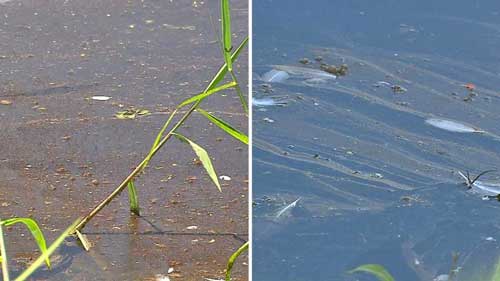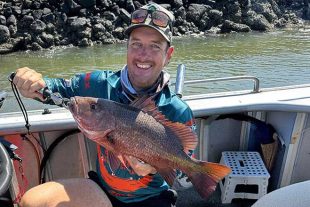The City of Gold Coast Council was working with environmental regulators following the detection of a sewage spill in the north of the city on Monday April 8.
The council said it was alerted to a sewer main break in a paddock near the Albert River in the Yatala Stapylton area – about 400m east of the M1 – and began repairs immediately, which were successfully completed on Friday April 12.
In a statement released on April 19, the council said, “As a precaution, signage has been put in place asking the public to avoid the spill area and the city is investigating how long the sewer main had been broken.”
During repairs, the broken sewer main was isolated and tankers were utilised to manage the flows of sewage at the upstream pump station.
Results of microbial testing has confirmed that the river is safe for recreational use, however in an abundance of caution, Queensland Health recommends seafood caught in the tidal reaches of the Albert or Logan rivers is not consumed until further notice.

As a precaution, signage was put in place asking the public to avoid the spill area and the City of Gold Coast Council was investigating how long the sewer main had been broken.
Queensland Health recommends any person believing they’ve become unwell from consuming fish they have caught to contact their general practitioner for further advice.
“The city has been monitoring water quality and initial results have confirmed that the risk for recreational users of the Albert and Logan rivers is low,” the council said.
“We will continue to assess water quality and address any potential risks in consultation with Queensland Health, the Department of Environment, Science and Innovation and Safe Food Production Queensland.
“The city is supporting Safe Food Production Queensland to engage with the aquaculture industry to assess any impacts to their operations.

“Safe Food is the lead agency for engagement with the aquaculture industry.
“We are also working with landowners and businesses in the area which may have been impacted by the spill.”
Council said the extent of the leak was still being calculated, though it was estimated the losses were in the vicinity of four megalitres (4 million litres) per day.
Initial findings have the leak as commencing mid-January, which calculates to more than 80 days and about 320 megalitres of sewer leakage – enough to fill 128 Olympic-sized swimming pools.
A detailed investigation to quantify the duration and total of the loss is currently underway.
 Bush ‘n Beach Fishing Magazine Location reports & tips for fishing, boating, camping, kayaking, 4WDing in Queensland and Northern NSW
Bush ‘n Beach Fishing Magazine Location reports & tips for fishing, boating, camping, kayaking, 4WDing in Queensland and Northern NSW









